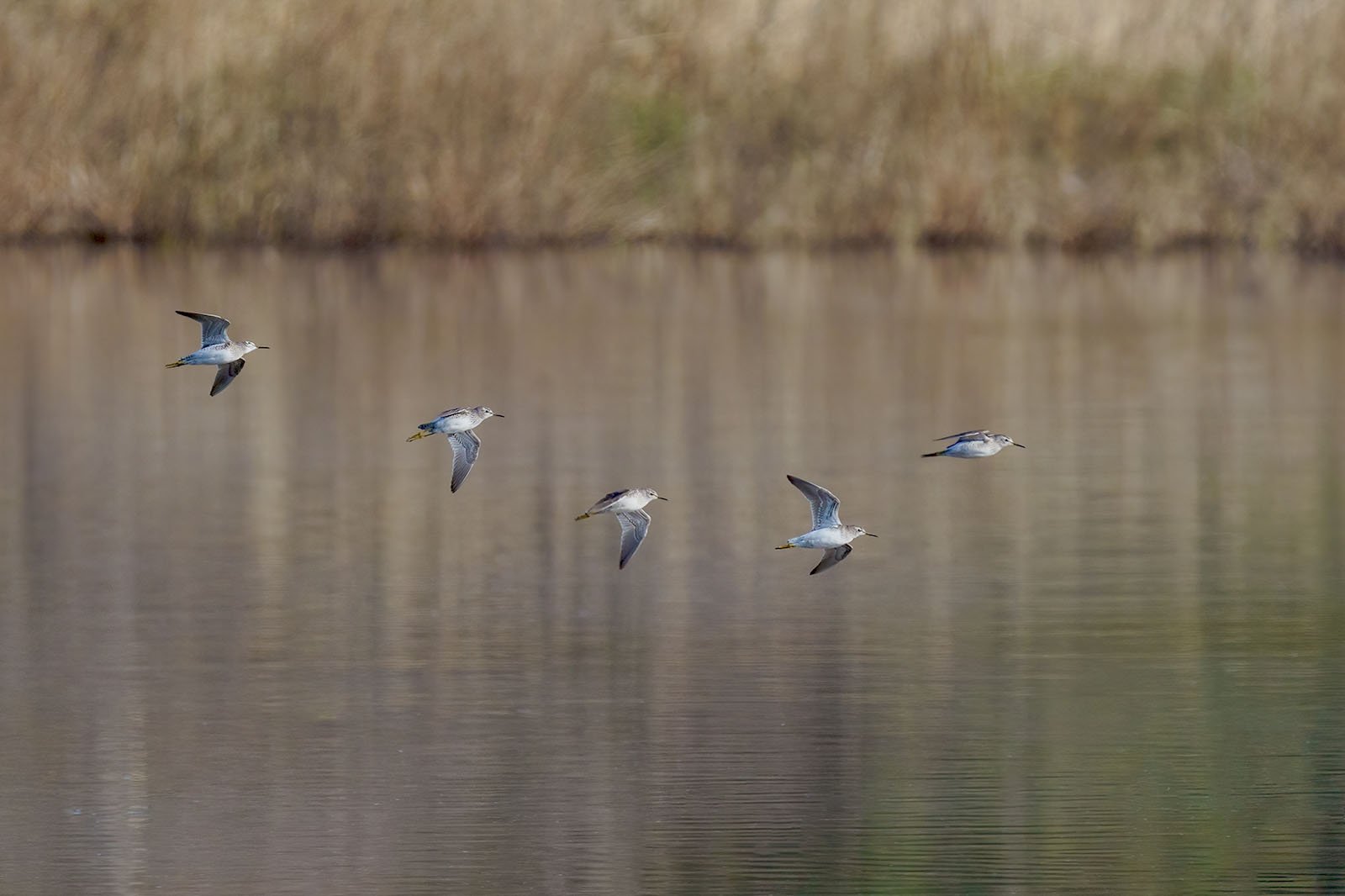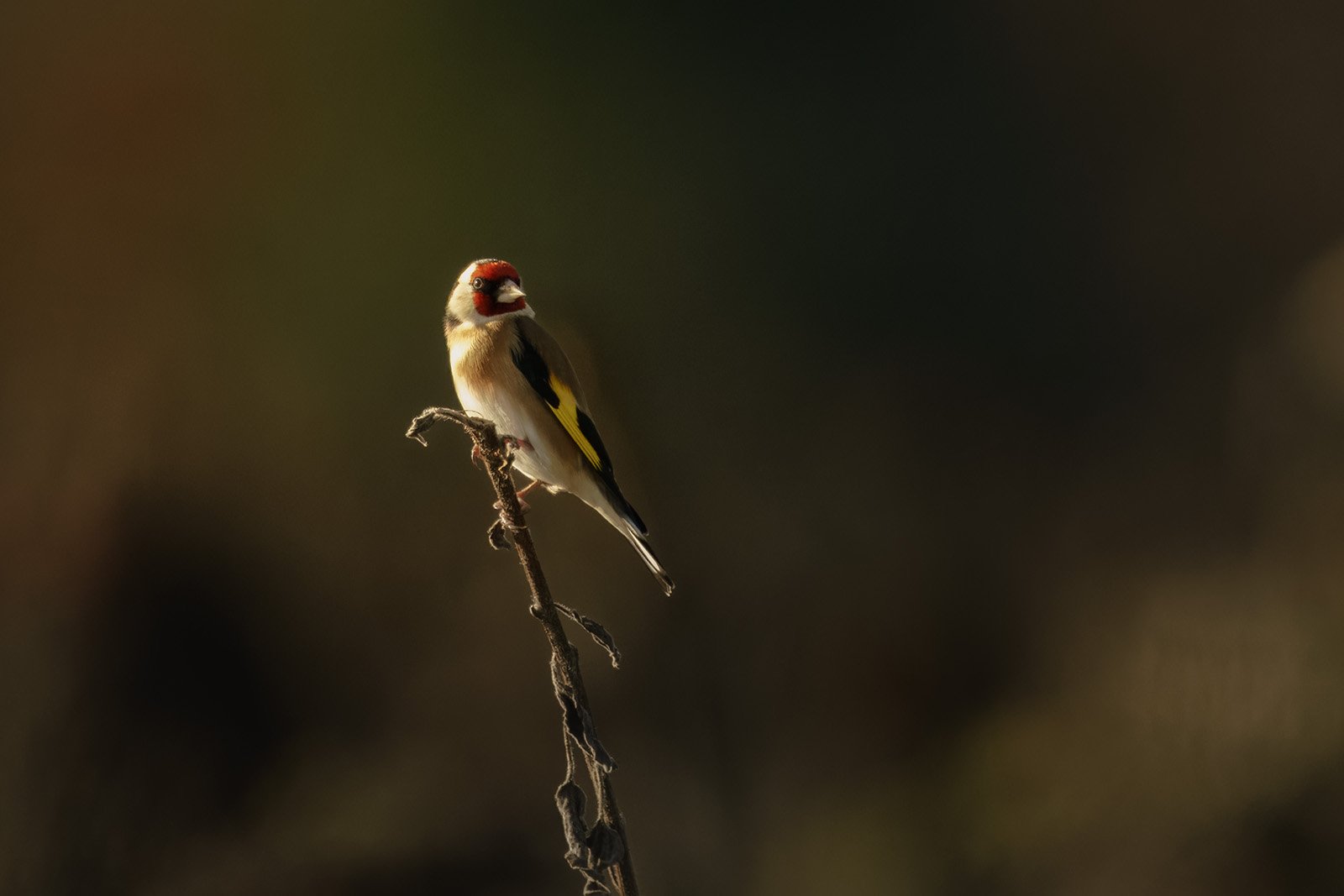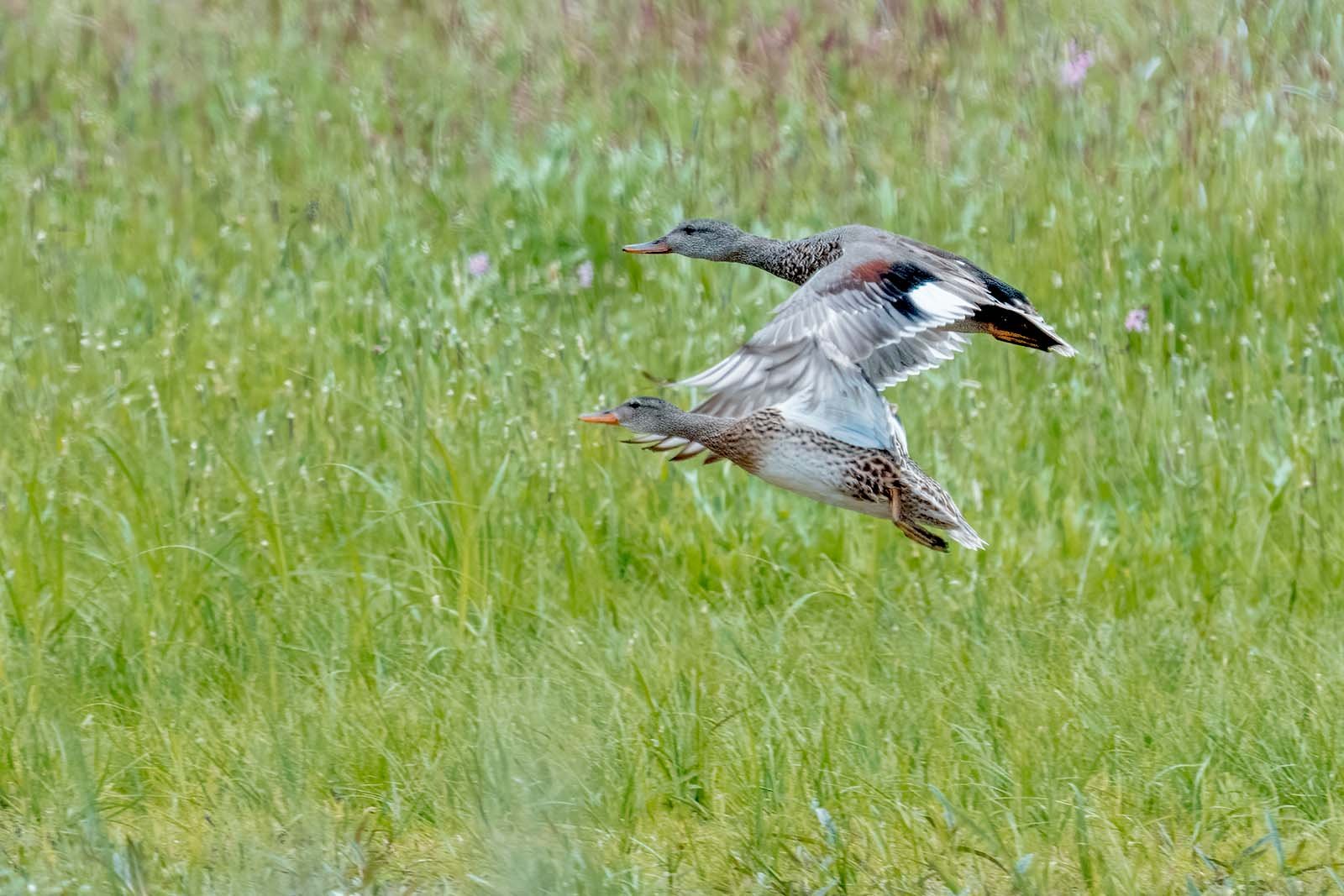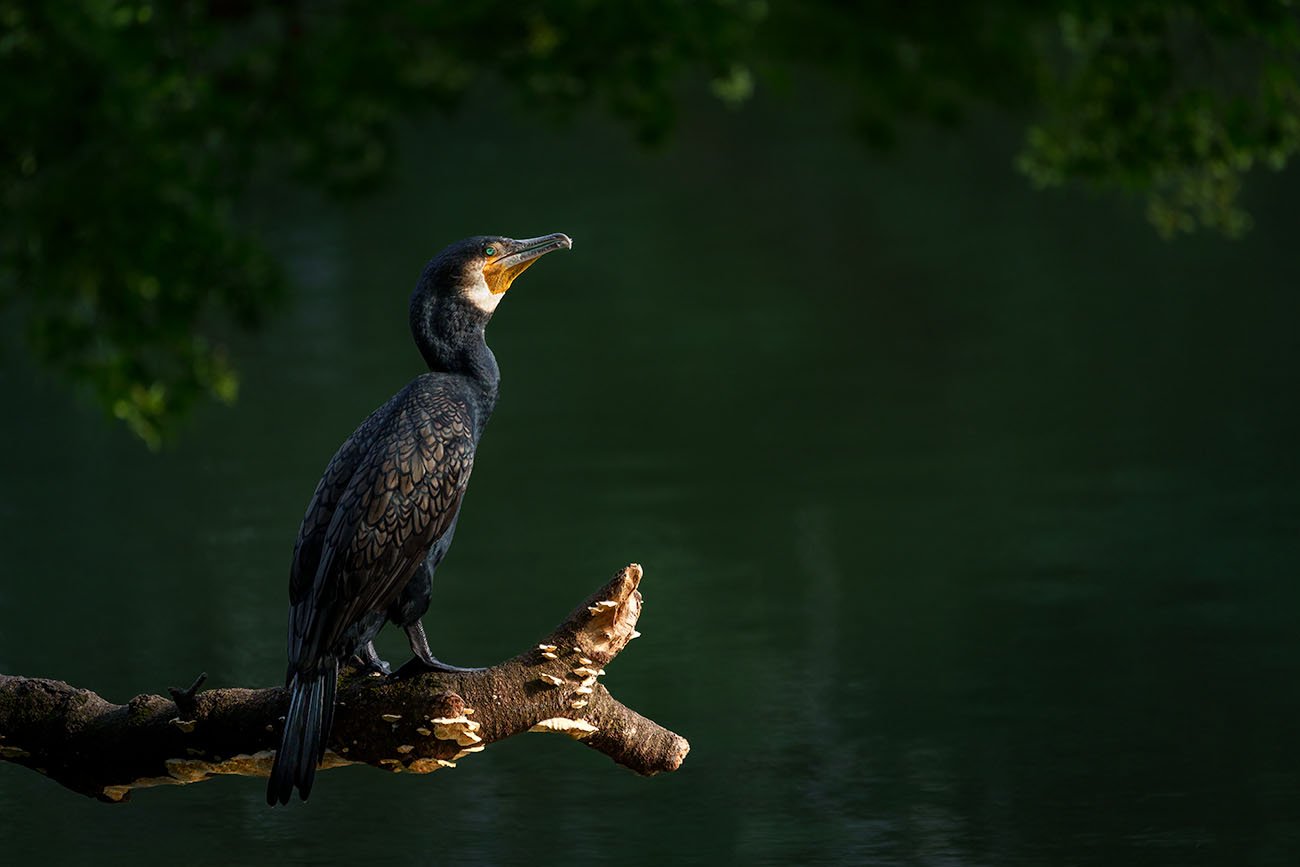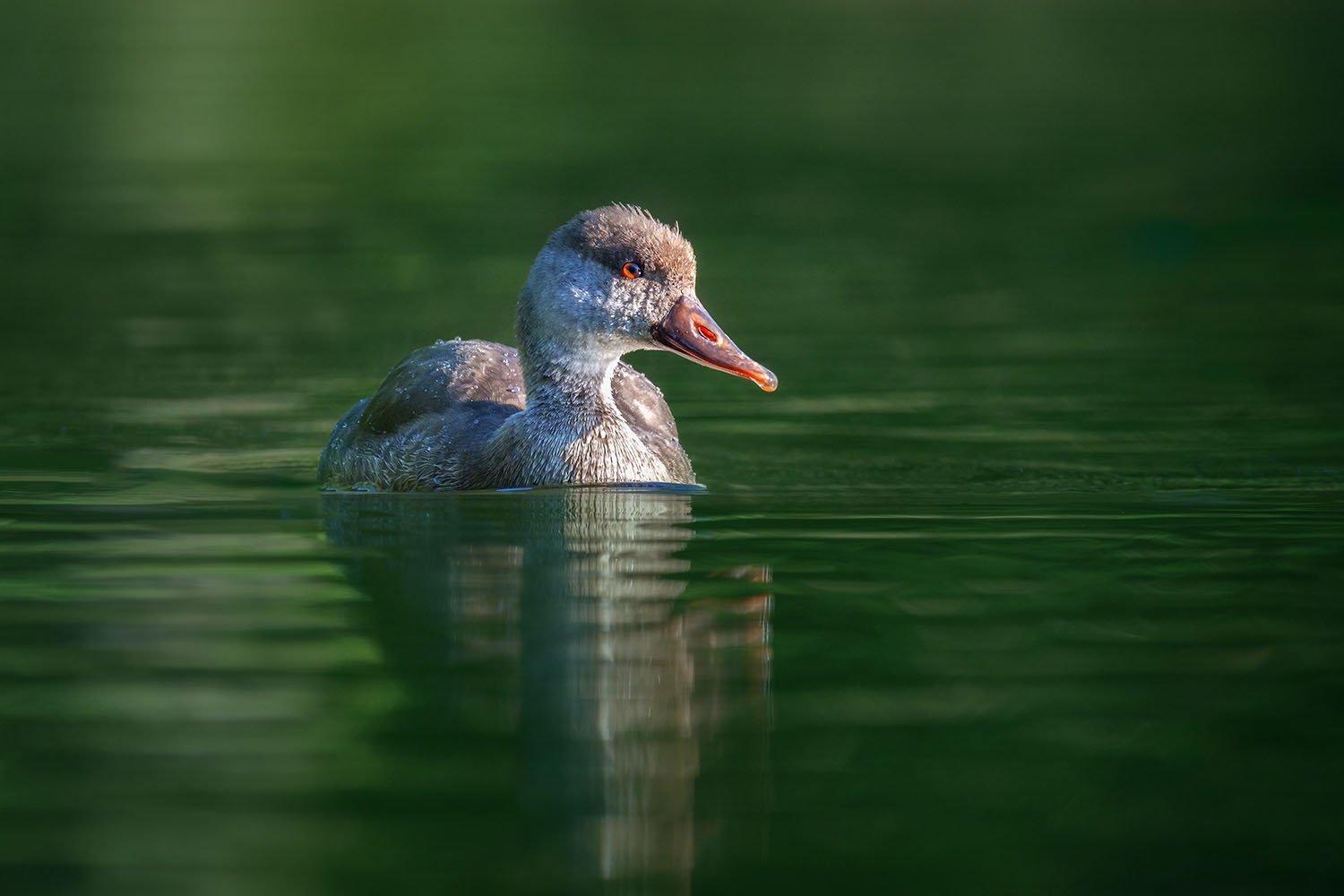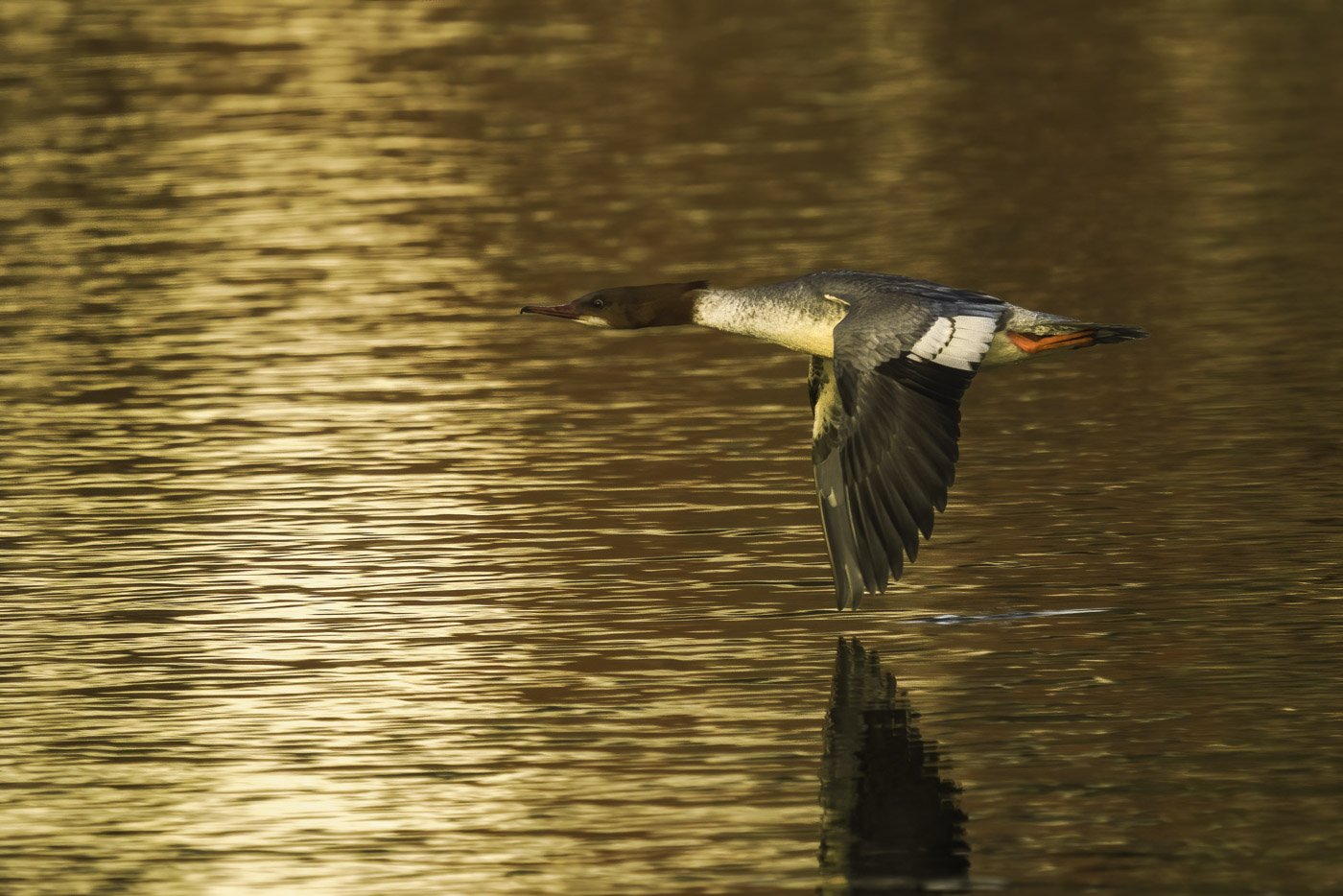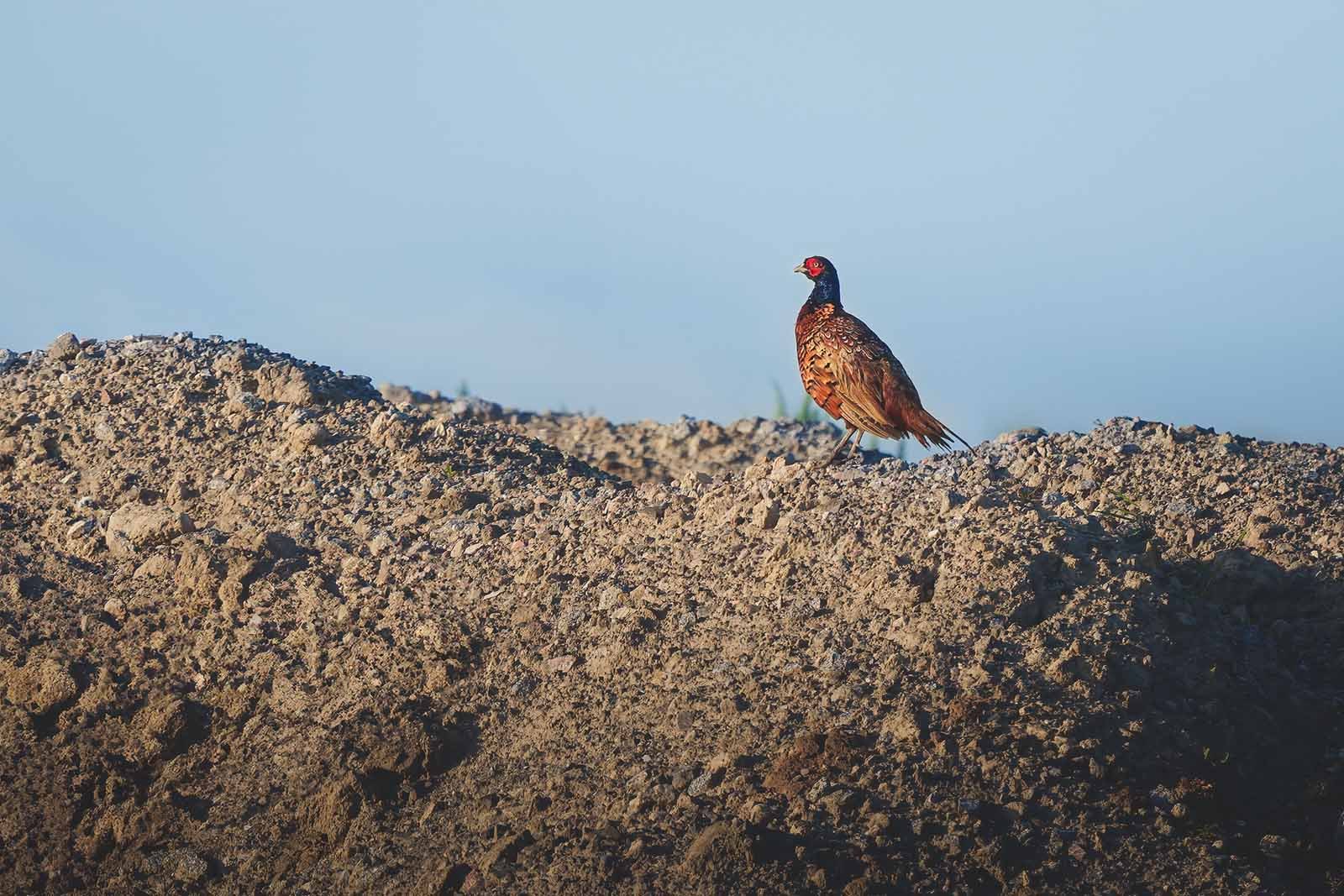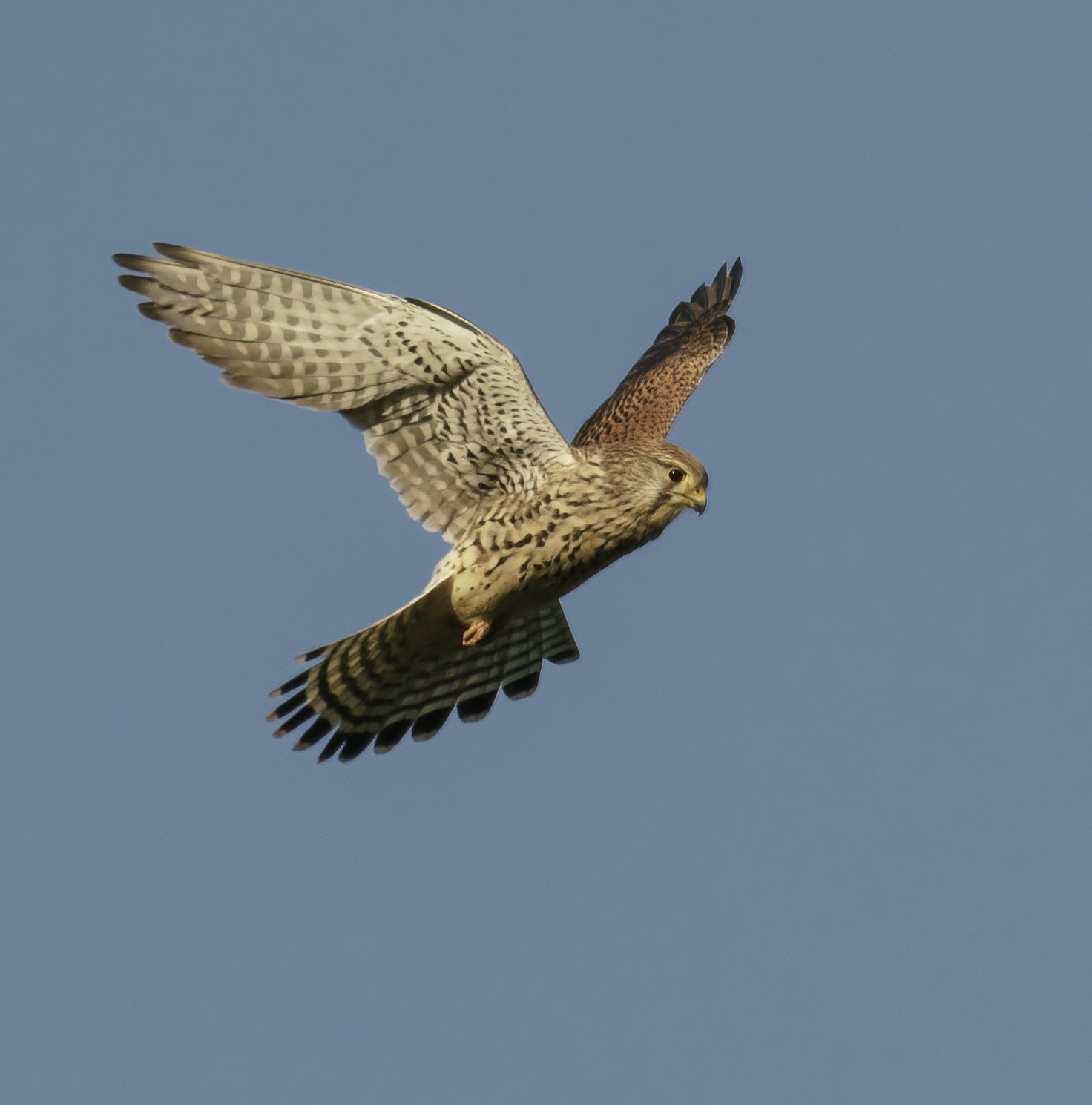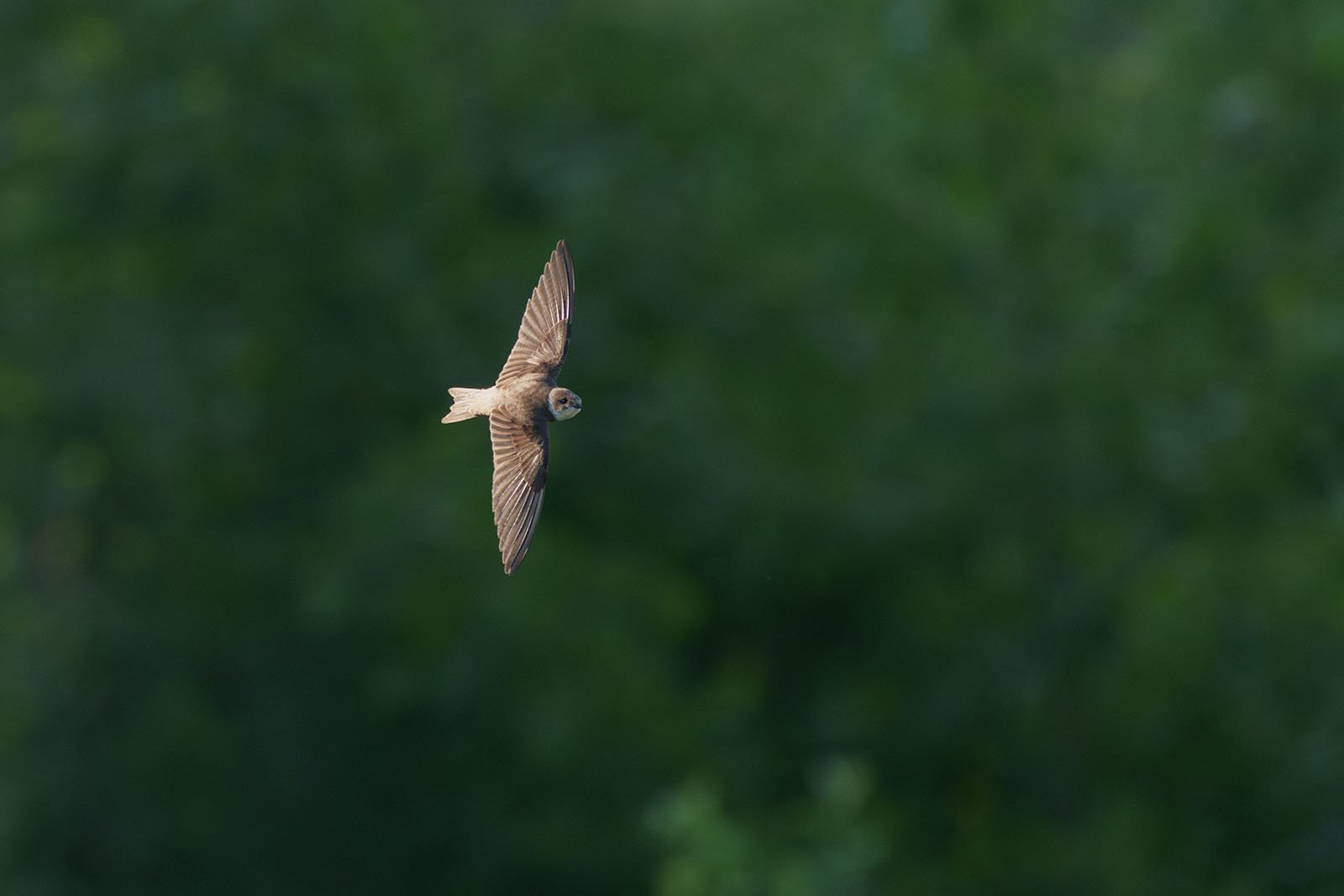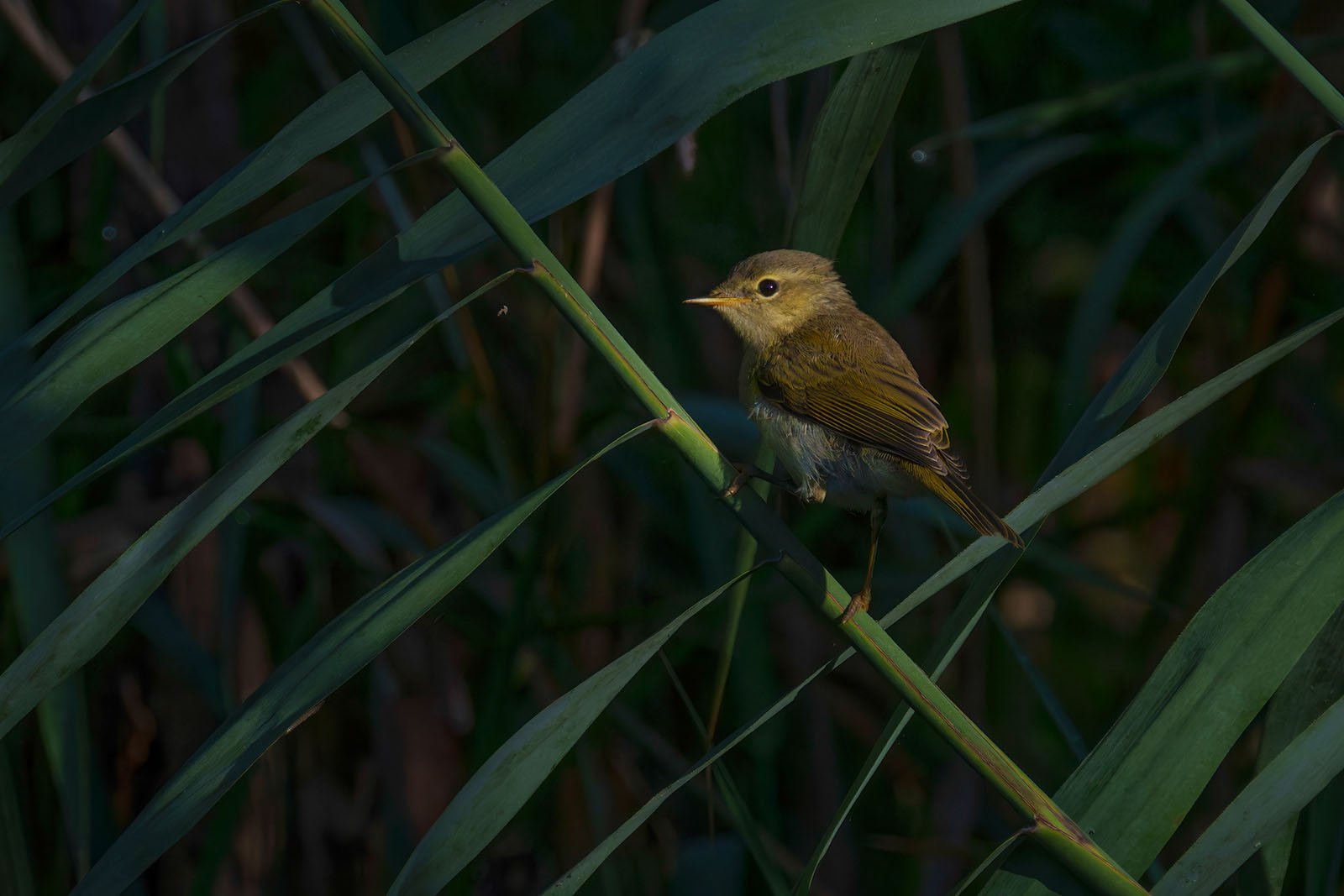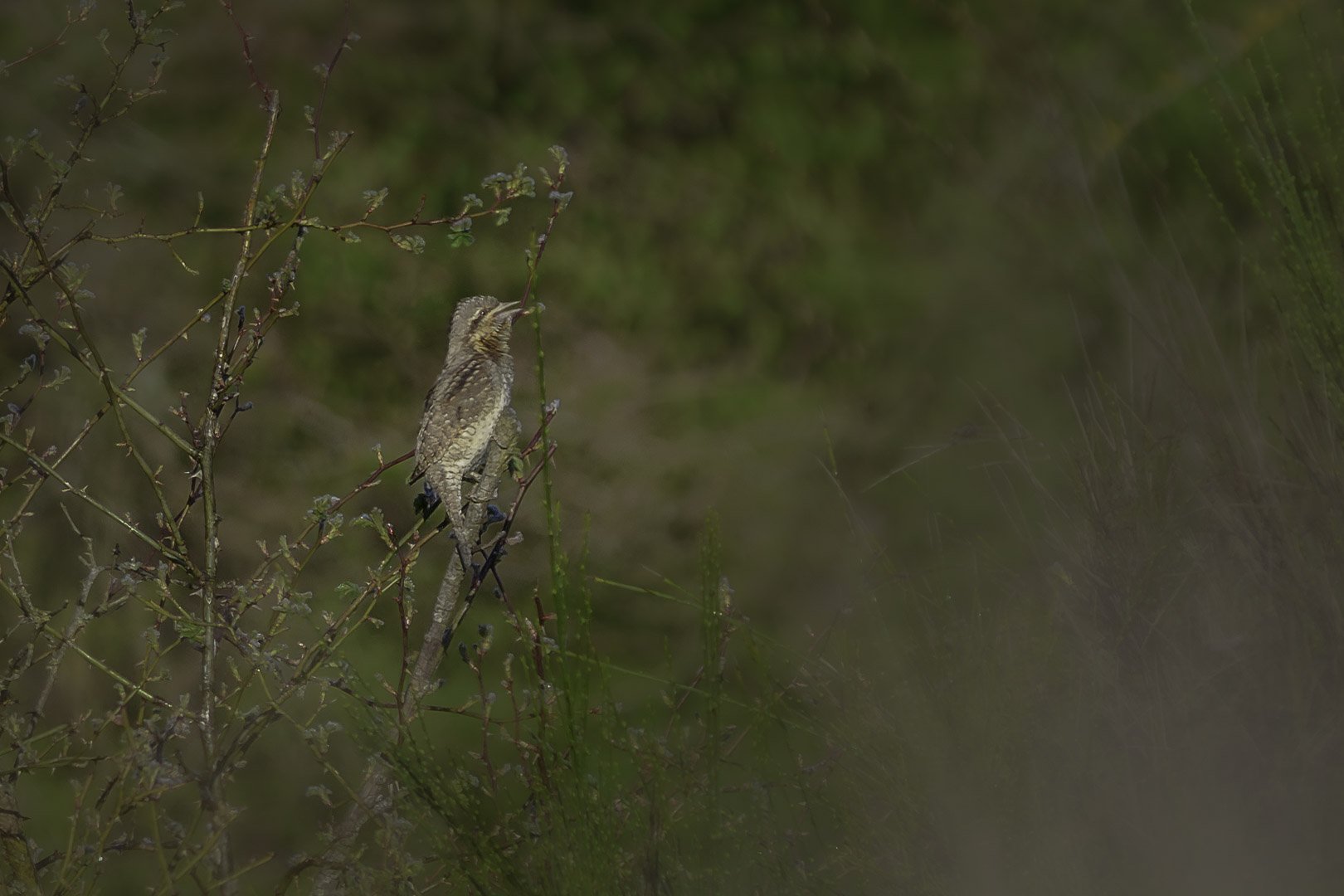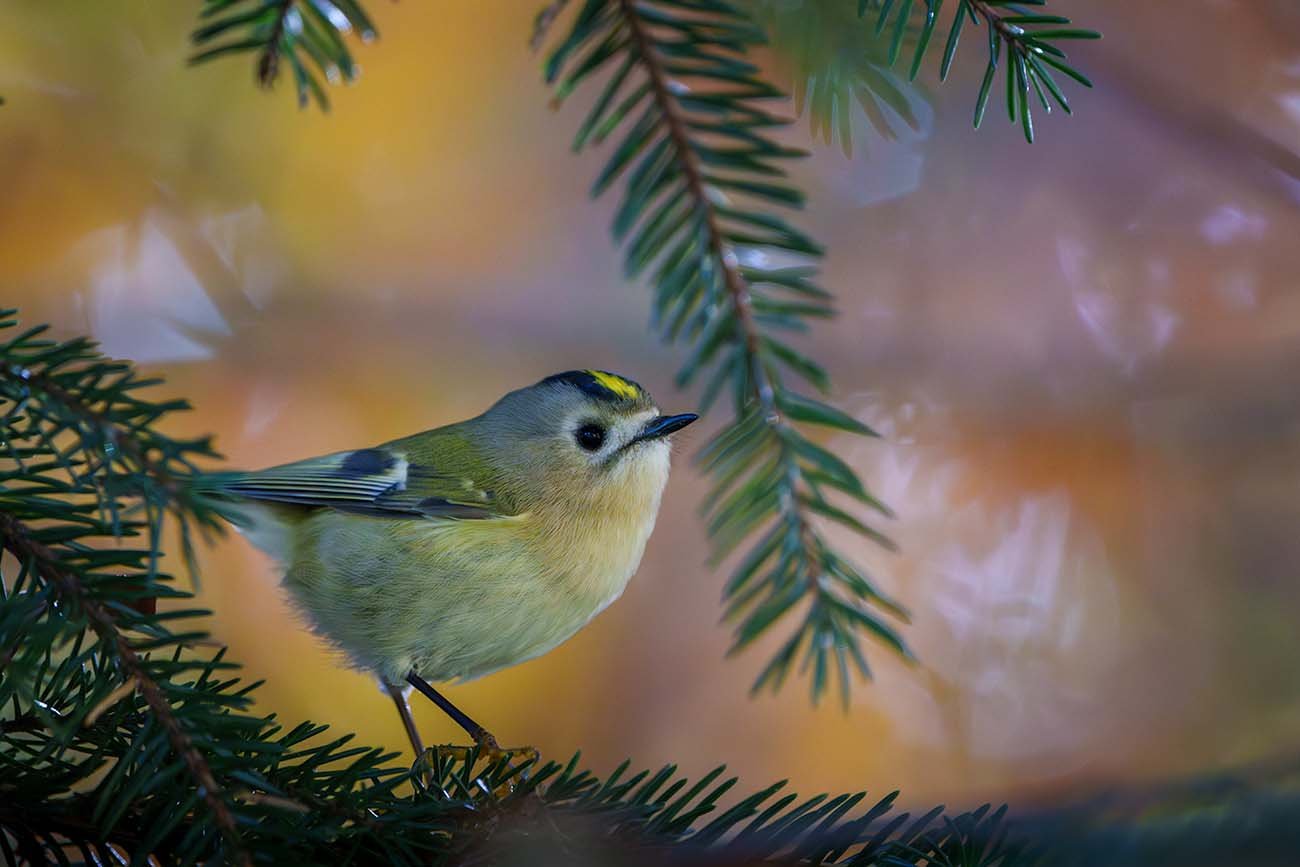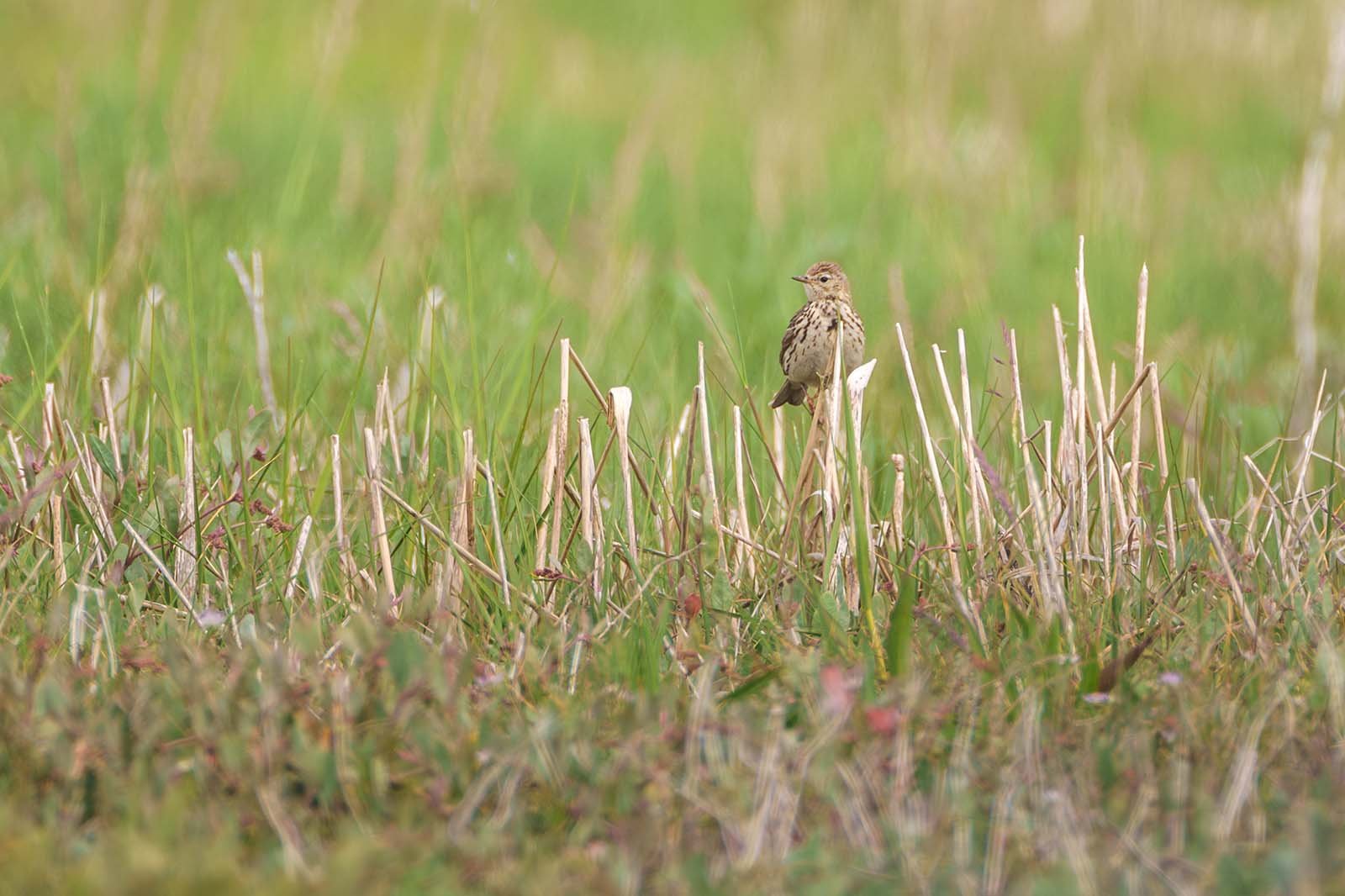Goldfinch (Carduelis carduelis)
Goldfinch (Carduelis carduelis)
European Goldfinch: The Colorful Star of Cultural Landscapes
The European Goldfinch, one of Europe’s most vibrant songbirds, dazzles with its yellow wing stripe and melodic song. Learn more about its lifestyle and diet!
Shortlist
- The European goldfinch (Carduelis carduelis) measures 12–13.5 cm and weighs 14–19 grams.
- Primary diet: Seeds from thistles, dandelions, alder; insects in summer.
- Habitat: Farmlands, parks, orchards, and cemeteries rich in wildflowers.
- Typical traits: Yellow wing stripe, red-white-black head, and a ringing song.
- Unique fact: Many goldfinches migrate to southwestern Europe for winter, while some remain in central Europe.
Key Facts
- Scientific Name: Carduelis carduelis
- Size: 12–13.5 cm
- Weight: 14–19 g
- Habitat: Farmlands, parks, orchards, cemeteries
- Diet: Seeds from thistles, dandelions, alder; insects in summer
- Seasonality: Breeding season in central Europe; partial migration to southwestern Europe
- Nest: High in deciduous trees or shrubs, made of grass, moss, and plant fibers
Table of Contents
- Introduction: Europe’s Colorful Songbird
- Appearance: A Burst of Color
- Habitat and Distribution
- Diet: A Seed Lover’s Palate
- Reproduction: A Skilled Nest Builder
- Unique Traits: Song and Behavior
- FAQ: Frequently Asked Questions About the Goldfinch
1. Introduction: Europe’s Colorful Songbird
The European goldfinch (Carduelis carduelis) is undoubtedly one of the most striking small birds in Europe. Its vibrant red-white-black facial markings and bold yellow wing stripe make it a standout in gardens, parks, and farmlands.
In addition to its visual appeal, the goldfinch enchants with its melodic, bell-like song, which has earned it the nickname “thistle finch” in many regions. Its beauty and adaptability make it a beloved and important part of Europe’s avian landscape.
2. Appearance: A Burst of Color
The European goldfinch is one of the most colorful songbirds in Europe, easily recognizable by its striking features.
Key Characteristics
Plumage:
- A red-white-black head pattern makes the goldfinch unmistakable.
- Bright yellow wing stripes contrast beautifully with the darker body plumage.
- The back is a warm brown, while the breast and belly are lighter, creating a harmonious color palette.
Juveniles:
- Young goldfinches lack the vibrant red markings on the head and are primarily brownish, providing effective camouflage.
The goldfinch’s colorful and elegant appearance makes it a true gem in European birdlife.
3. Habitat and Distribution
The European goldfinch thrives in open landscapes, particularly those rich in wild plants and trees.
Distribution
- Breeding Season:
- Goldfinches nest in central Europe, favoring farmlands, orchards, and gardens.
- Wintering:
- Many goldfinches migrate to southwestern Europe or North Africa during winter, although some remain in central Europe.
Preferred Habitats
- Open landscapes with scattered trees and wildflowers.
- Urban settings like parks, gardens, and cemeteries with abundant plants such as thistles and dandelions.
The availability of wildflowers like thistles and other seed-bearing plants plays a crucial role in the goldfinch’s habitat preferences.
4. Diet: A Seed Lover’s Palate
The goldfinch is a specialist seed-eater, particularly favoring plants from the aster family.
Primary Food Sources
- Seeds:
- Thistles, dandelions, burdock, and other wildflowers.
- In winter, alder seeds and other tree seeds become a staple.
- For Young Birds:
- Nestlings are fed regurgitated, softened seeds.
- Small insects are occasionally added to provide protein.
The goldfinch’s ability to extract seeds from even the spiniest plants makes it an important seed disperser in its ecosystem.
5. Reproduction: A Skilled Nest Builder
The female goldfinch is known for her precision and artistry in nest building, creating secure and well-hidden homes for her young.
Breeding Behavior
Nest Construction:
- Nests are intricately woven from grass, moss, and plant fibers, often lined with soft materials like feathers.
- They are typically located high in deciduous trees or dense shrubs, providing safety from predators.
Clutch Size:
- Goldfinches lay 4–6 eggs, which both parents help incubate and care for after hatching.
The carefully crafted nests and shared parenting responsibilities ensure a high survival rate for young goldfinches.
6. Unique Traits: Song and Behavior
The European goldfinch is not only visually striking but also captivating in its behaviors and vocalizations.
Distinctive Traits
Song:
- A cheerful, melodic song that includes bell-like tones and trilling notes.
- Males use their songs to defend territory and attract mates.
Social Behavior:
- Goldfinches are highly social birds, often seen in small flocks outside of the breeding season.
- Their lively movements and foraging habits make them entertaining to observe.
These traits make the goldfinch a joy to watch and listen to in both natural and urban settings.
7. FAQ: Frequently Asked Questions About the Goldfinch
1. Why is the goldfinch so colorful?
Its striking plumage, particularly the yellow wing stripe and red-black-white facial markings, is likely an adaptation for mate attraction and territorial displays.
2. What do goldfinches eat?
Goldfinches primarily eat seeds from plants like thistles and dandelions, switching to tree seeds like alder in winter.
3. Where do goldfinches live?
They thrive in farmlands, parks, gardens, orchards, and other open areas with abundant wildflowers and trees.
4. Do goldfinches migrate?
Many goldfinches migrate to southwestern Europe in winter, but some remain in central Europe during milder winters.
5. What does the goldfinch’s song sound like?
The goldfinch’s song is a cheerful, melodic mix of trills and bell-like tones, often described as “ringing.”
The European goldfinch is not just a visual delight but also a vital part of its ecosystem, spreading seeds and adding melody to the landscape. Whether in a countryside field or an urban park, the goldfinch’s charm and vibrancy make it a true highlight for bird enthusiasts!





